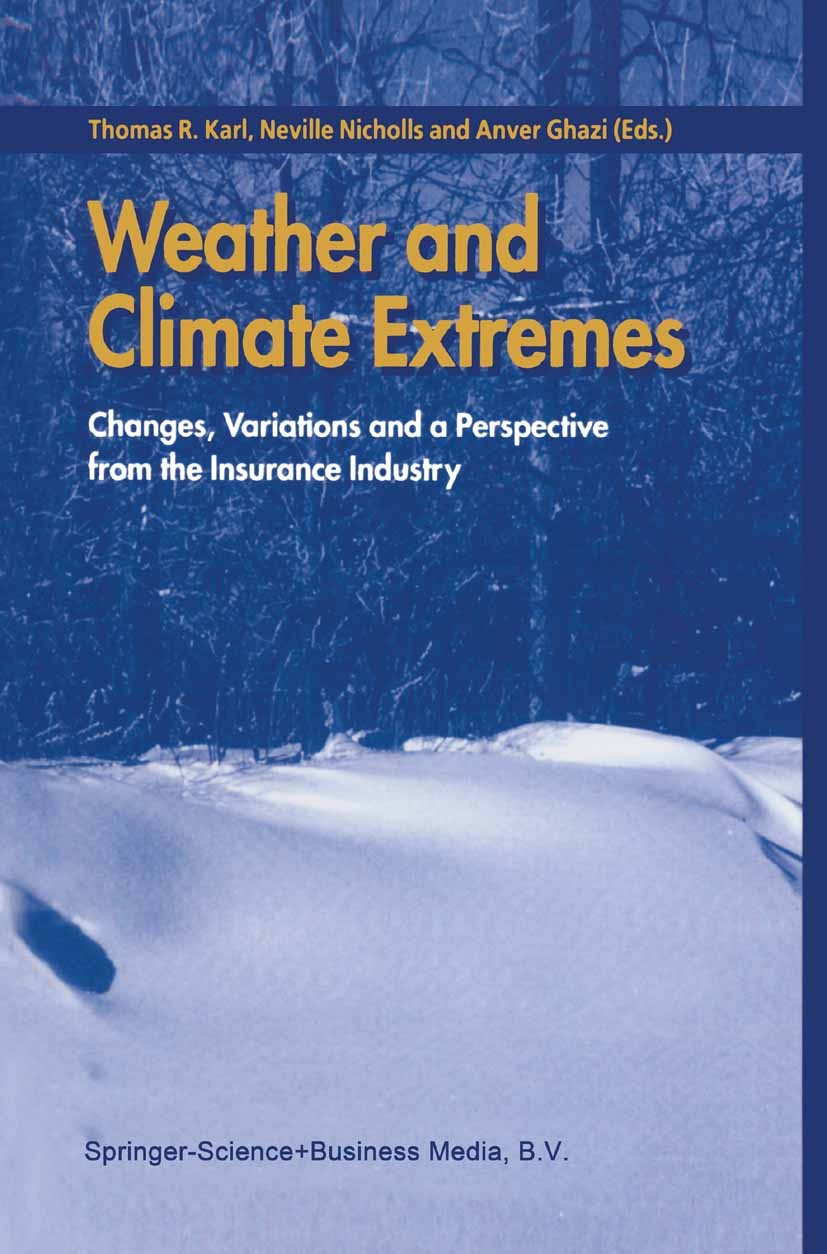Convection-permitting WRF simulation of extreme winds in Canada: Present and future scenarios
IF 6.9
1区 地球科学
Q1 METEOROLOGY & ATMOSPHERIC SCIENCES
引用次数: 0
Abstract
This study investigates extreme wind events across southern Canada using 4-km convection-permitting WRF simulations under present (CTRL) and future (PGW) climate scenarios. The high resolution allows explicit representation of convective processes and complex terrain, improving local-scale wind prediction. We analyze three distinct regions—the central Prairies, Rocky Mountains, and southern Ontario—and find strong spatial and seasonal contrasts. Under future conditions, summer wind extremes intensify notably in the Prairies and southern Ontario, while winter winds decrease in the Prairies but increase in Ontario, Quebec, and mountainous areas. A conditional probability analysis based on Convective Available Potential Energy (CAPE) reveals that the likelihood of destructive winds (>20 m/s) rises significantly in convectively unstable environments. In southern Ontario, the probability under strong instability (CAPE >2500 J/kg) increases from nearly zero to 0.4. We also apply the Peaks-over-Threshold (POT) method to estimate 50-year return period wind speeds, which show substantial future increases, up to 6 m/s in some areas during summer. These changes indicate a rising threat from convectively driven wind extremes. This study highlights the value of convection-permitting models in resolving local wind features and emphasizes the need for region-specific adaptation strategies. The findings critically impact wind hazard assessment, infrastructure design, and climate resilience planning across southern Canada.
允许对流的WRF模拟加拿大极端风:现在和未来情景
本研究在当前(CTRL)和未来(PGW)气候情景下,使用允许对流的4公里WRF模拟调查了加拿大南部的极端风事件。高分辨率使得对流过程和复杂地形的清晰表示成为可能,从而改善局地尺度的风预报。我们分析了三个不同的地区——中部大草原、落基山脉和安大略省南部——并发现了强烈的空间和季节反差。在未来的条件下,夏季极端风在大草原和安大略省南部明显加剧,而冬季风在大草原减少,而在安大略省,魁北克省和山区增加。基于对流有效势能(CAPE)的条件概率分析表明,在对流不稳定环境中,破坏性风(> 20m /s)发生的可能性显著增加。在安大略省南部,处于强不稳定状态(CAPE >2500 J/kg)的概率从接近零增加到0.4。我们还应用峰值超过阈值(POT)方法来估计50年的回归期风速,该方法显示出未来的大幅增加,在夏季某些地区可达6米/秒。这些变化表明,对流驱动的极端风的威胁正在上升。该研究强调了对流允许模式在解决局部风特征方面的价值,并强调了特定区域适应策略的必要性。这些发现对加拿大南部的风害评估、基础设施设计和气候适应性规划产生了重大影响。
本文章由计算机程序翻译,如有差异,请以英文原文为准。
求助全文
约1分钟内获得全文
求助全文
来源期刊

Weather and Climate Extremes
Earth and Planetary Sciences-Atmospheric Science
CiteScore
11.00
自引率
7.50%
发文量
102
审稿时长
33 weeks
期刊介绍:
Weather and Climate Extremes
Target Audience:
Academics
Decision makers
International development agencies
Non-governmental organizations (NGOs)
Civil society
Focus Areas:
Research in weather and climate extremes
Monitoring and early warning systems
Assessment of vulnerability and impacts
Developing and implementing intervention policies
Effective risk management and adaptation practices
Engagement of local communities in adopting coping strategies
Information and communication strategies tailored to local and regional needs and circumstances
 求助内容:
求助内容: 应助结果提醒方式:
应助结果提醒方式:


